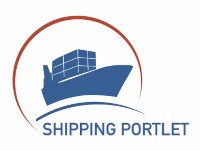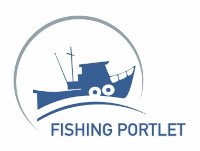The opening of new shipping routes through the Arctic Ocean—particularly the Northern Sea Route and potential central Arctic passages—marks a significant shift in global maritime logistics. However, these new pathways do not signal the end of traditional maritime corridors connecting the North Atlantic with Asia. Established routes like the Suez Canal and the Panama Canal remain critical to international trade and are undergoing their own modernization to stay relevant.
The Strategic Role of the Suez Canal
Often referred to as the "Highway to India," the Suez Canal stretches from Port Said on the Mediterranean Sea to the Port of Suez on the Red Sea, providing a direct link between Europe and Asia without requiring passage around the southern tip of Africa. Since its opening in the mid-19th century, the Suez Canal has served as a key artery for trade between the Arctic-adjacent North Atlantic and the Far East.
The canal reduces travel distances between the northern and southern hemispheres by over 20%, becoming a cornerstone of global commerce. Investments from international shipping companies and both European and Asian nations have enabled the Suez Canal to accommodate vessels with draughts of up to 19 meters, sufficient for many modern container ships.
By 2025, plans are advancing to deepen the canal further, with the goal of eventually allowing ships with draughts of up to 21 meters. Despite the emerging Arctic routes, the Suez Canal remains irreplaceable for trade with India, Southeast Asia, and the broader Indo-Pacific region.
The Panama Canal: Linking the Atlantic and Pacific
The Panama Canal, completed in 1914, connects the North Atlantic Ocean with the eastern Pacific, drastically shortening the journey between the two by over 9,000 nautical miles. It quickly became a key route for cargo vessels traveling between the Atlantic and the Pacific coasts of the Americas, as well as to Asia via the Pacific.
However, the canal's original infrastructure limited passage to vessels with a maximum draught of 11 meters, capable of carrying up to 4,500 cargo containers—far less than the capacity of today’s largest container ships.
Following the transfer of canal authority from the United Nations to the Panamanian government in 2000, major expansion projects were launched. Completed in 2016, the Panama Canal Expansion (or "Third Set of Locks") allows for vessels with a draught of up to approximately 15 meters and capacities of 12,000 to 14,000 TEUs (twenty-foot equivalent units), significantly boosting the canal's relevance in global shipping. Further upgrades continue to be explored, despite high costs—construction of the expanded locks alone exceeded $7 billion USD.
Modern Maritime Trade: A Multi-Route Future
While Arctic routes offer shorter seasonal paths between Europe and Asia, especially via the Northern Sea Route, they are limited by ice conditions, infrastructure, and environmental regulations. In contrast, the Suez and Panama Canals provide year-round access and benefit from centuries of development and strategic investment.
Rather than replacing traditional routes, Arctic shipping is more likely to serve as a complementary option during navigable periods. In the broader logistics landscape, shipping companies will continue to balance speed, cost, capacity, and climate conditions when choosing between routes.
Sources:North Meets North: Navigation and the Future of the ArcticMap: Arctic Portal (to view more maps please visit our Map Gallery)









